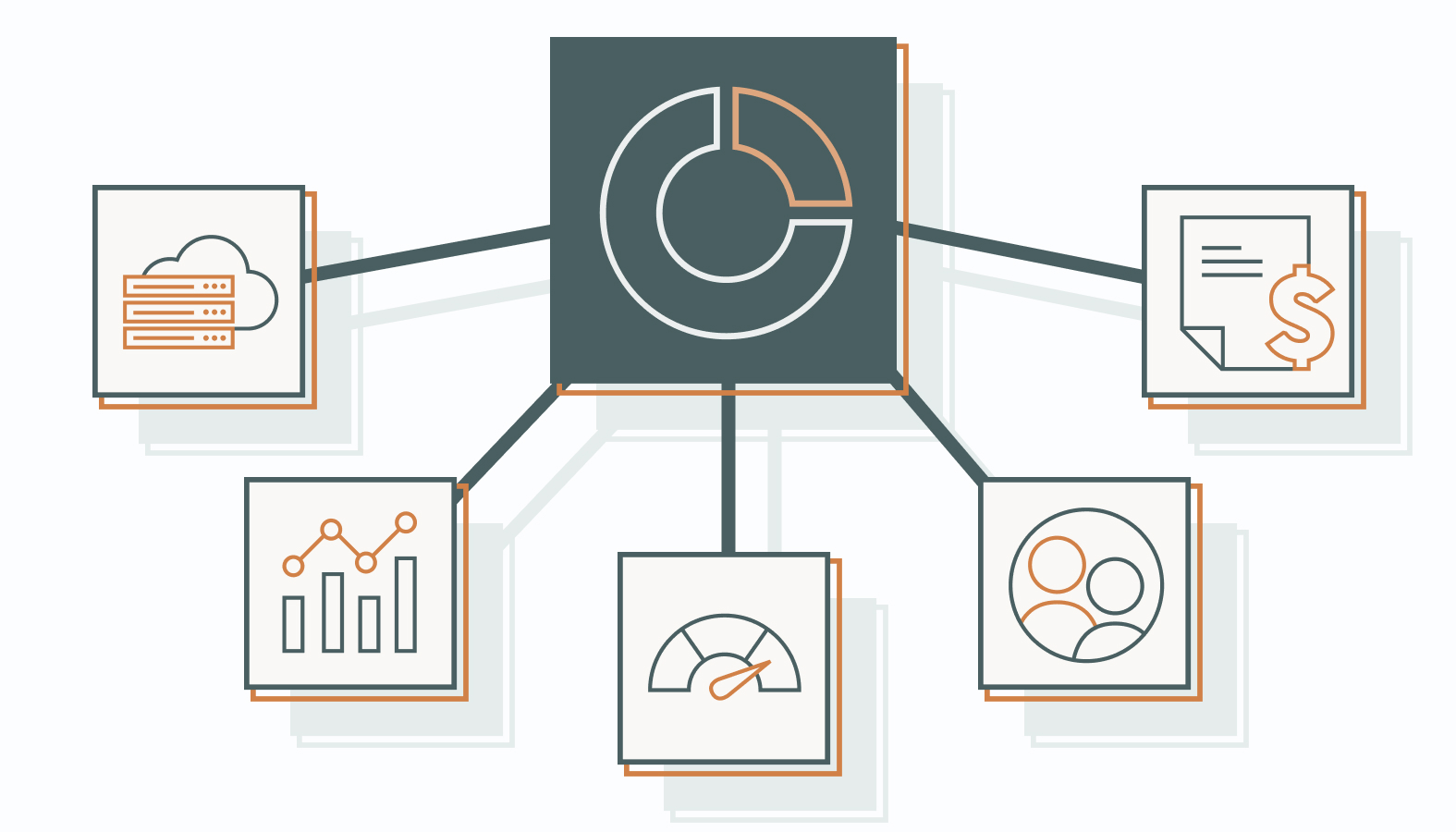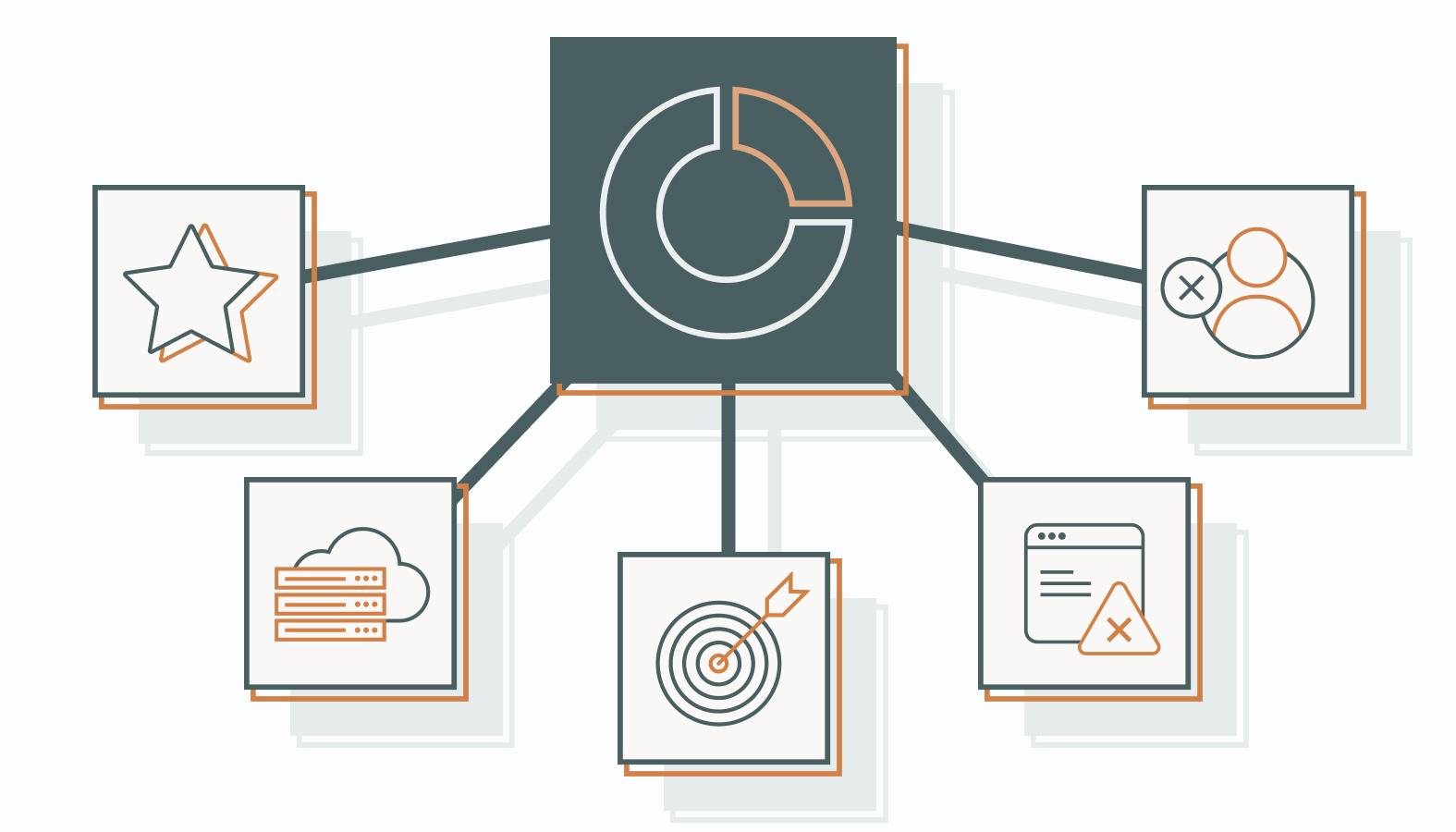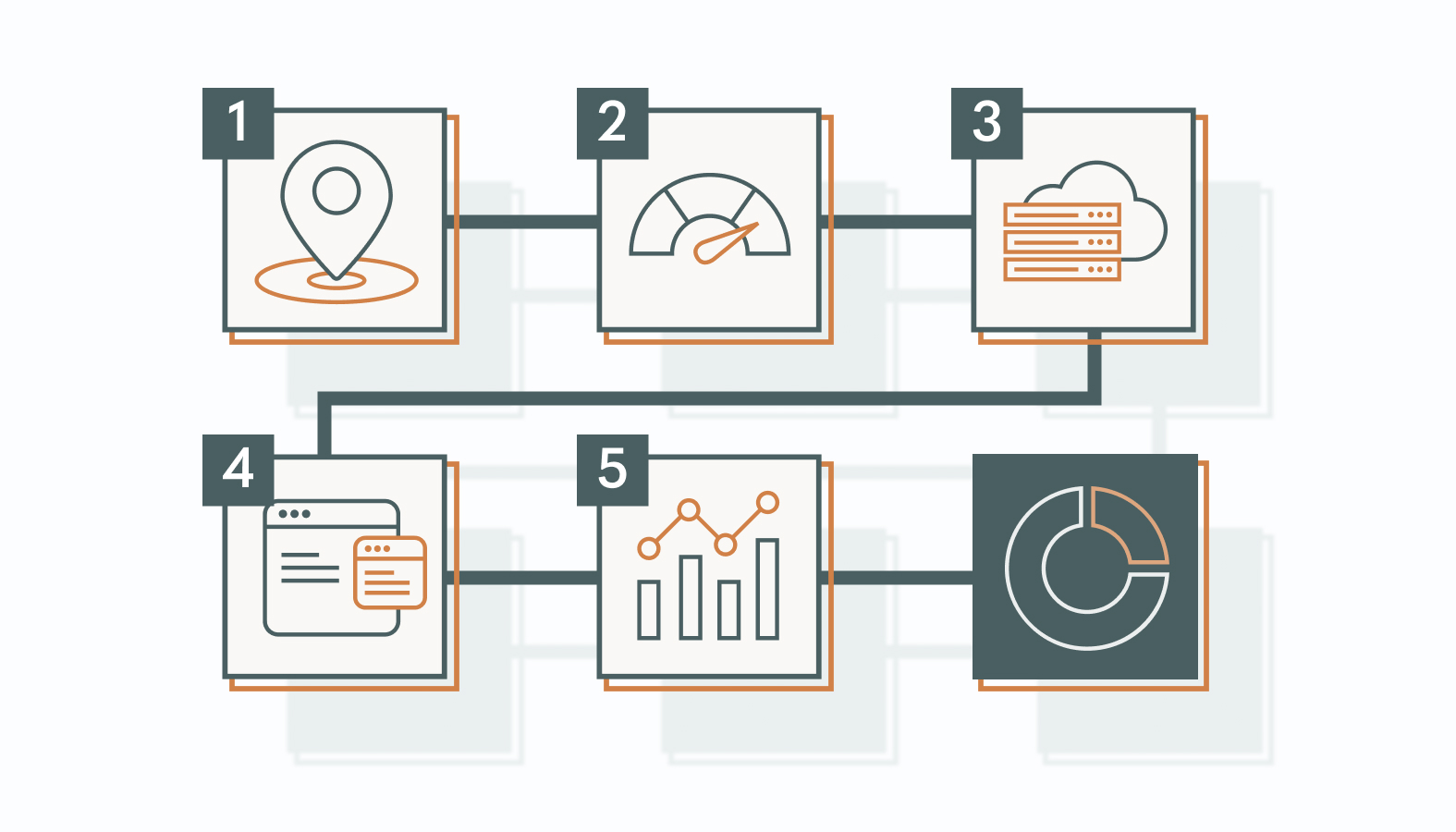Understanding marketing analytics is essential today as it unlocks valuable data insights and opportunities. It’s a non-negotiable for marketing professionals and business owners to make data-driven decisions and stay ahead in a competitive market.
What Is Marketing Analytics?
Marketing analytics is about using techniques and processes to understand how well the effectiveness of your marketing campaigns are doing. It helps businesses know if they’re getting their money’s worth from their marketing spend.
Why is it crucial, you might ask?
Businesses today are bombarded with vast amounts of marketing data. Marketing analytics helps make sense of these data, leading to smarter business decisions, tailored marketing campaigns, and ultimately, improved bottom lines.
Defining Marketing Analytics
At its core, marketing analytics is the practice of measuring, managing, and analyzing marketing performance. Its main aim is to improve marketing results and get more value from marketing investments.
Key Components of Marketing Analytics
To truly harness the power of marketing analytics, it’s important to understand its key components. Each component helps turn raw data into useful insights that can help a business grow.
Let’s dig into the core elements that make up marketing analytics.
Data Collection
Data collection is the process of gathering information from various sources like customer feedback, social media, sales data, and more. It’s a crucial first step for making sure the analysis later on is based on good data.
Data Analytics
This step involves looking at past data to understand what has happened and why – for and which didn’t.
Key Performance Indicators (KPIs)
KPIs are the important metrics that show how well a business is doing in key areas. Choosing the right KPIs helps you monitor your progress and guide your marketing efforts in the right direction.
Customer Segmentation
Marketing isn’t one-size-fits-all. Customer segmentation divides your audience into groups with similar traits to create more targeted and effective marketing solutions. This improves customer engagement and conversion rates.
Reporting and Visualization
These involve making complex marketing data easy to understand. Analytical tools that report and visualize data enable marketing analytics teams to understand the meaning of the data and make smarter, more informed decisions.
The Evolution of Marketing Analytics
Marketing analytics has changed significantly over time, growing alongside marketing itself. It started simple, using basic sales data, customer feedback, and market research to inform decisions. The analysis was primarily descriptive, answering “What happened?” without deeper insights into “Why?”
Then, with digital marketing, websites, search engines, and social media platforms became rich sources of consumer data, and new tools helped marketers track and understand online customer behavior and accurately measure the performance of digital campaigns.
Now, with even more data available, marketing analytics uses advanced techniques such as predictive modeling and machine learning not just to analyze past data but to predict and influence future marketing techniques. Marketers can now adjust their future campaigns and create more personalized experiences for customers.
Technology continues to improve marketing analytics, using big data, AI, and automation. These developments allow marketers to understand the entire marketing journey better and respond quickly to market changes. Today, marketers have more tools to make their online marketing more effective, efficient, and engaging to their target audience.
Benefits of Marketing Analytics
Analytics changes how marketing is done. It offers several benefits that can improve strategies, optimize resource allocation, and enhance customer experiences. By using the right marketing analytics, businesses can reach their full potential.
Making Smart Choices
Intelligent decision-making in marketing comes from understanding the story behind the numbers. Marketing analytics provides a detailed account of customer behavior and market trends. It reveals patterns, predicts outcomes, and presents different possible scenarios to create better specific marketing plans.
Optimized Marketing Mix and Spend
Marketing analytics highlights which marketing efforts work best, helping businesses focus their budgets wisely. It identifies which ads, emails, or social media posts lead to sales, so businesses can invest more in what works and cut back on what doesn’t. Simply put, marketing analytics helps ensure that every dollar spent is a dollar well spent.
Focused Marketing Strategies
Marketing analytics helps create targeted and successful marketing campaigns. It uses data to accurately identify the target market, craft messages that resonate with them, and deliver them through the most effective marketing channels. This makes marketing more direct and likely to succeed.
Efficient Use of Resources
Marketing analytics ensures resources are not squandered but strategically used. By identifying which aspects of a campaign are delivering results, businesses can concentrate their efforts and budget on high-performing tactics, improving their marketing ROI.
Enhanced Customer Satisfaction
The modern customer expects not just to be heard but to be understood. Marketing analytics supports businesses in understanding customer needs, anticipating their expectations, and delivering experiences that resonate on a personal level. This keeps customers happy, loyal, and more likely to recommend the brand to others.
Measuring Campaign Effectiveness and Return on Investments
Marketing analytics empowers businesses to measure campaign effectiveness accurately, using clear metrics and KPIs like click-through and conversion rates or social media engagement. This data-driven approach enables companies to identify successful strategies and improve ROI by continually refining their marketing efforts.
Gaining an Edge Over Competitors
In marketing, staying ahead is about agility and insight. Marketing analytics gives businesses perspectives into what competitors are doing and where they can improve. This enables businesses to anticipate changes, adapt quickly, and capture market share even in the most crowded industries.
Overcoming Potential Pitfalls of Marketing Analytics
While marketing analytics can help a business’s strategy, it isn’t immune to challenges. It’s important for businesses to recognize and address these issues so they can make the most out of marketing analytics and get reliable and useful marketing insights.
Quality and Accuracy of Marketing Data
Good analysis depends on good data. Erroneous data can lead to misinformed decisions that may harm the business. To combat this, companies must check their data carefully, clean it up, and conduct regular audits to ensure their analytics are based on the most reliable information available.
Too Much Data and Complexity
Businesses today often get a lot of data, which can be overwhelming. To extract meaningful insights from all this data, they need to focus on what’s relevant, simplify complex data, and use tools that help visualize the data. This makes it easier to see the most impactful understanding for decision-making.
Lack of Clear Goals
Diving into analytics without well-defined goals can lead to a scattered analysis that fails to yield useful insights. Outlining specific, measurable goals, key questions, and expected outcomes can guide the analysis and keep it purposeful and relevant.
Insufficient Tools and Technology
For marketing analytics to work well, having the right tools is essential. Using outdated or inadequate tools can hinder effective data analysis. Businesses should invest in state-of-the-art data analysis tools and keep up with new technologies to get deep perspectives and ensure their marketing teams are well-trained to use them.
Employee Resistance to Change
When a company starts using data to make decisions, some employees accustomed to traditional ways might resist the change. To shift this mindset, the company should educate its employees about the significance of data, demonstrate the tangible benefits of utilizing data, and let them engage with data in meaningful ways.
Embracing data as a key element of decision-making can help everyone work toward better and more informed strategies.
How to Start Capturing & Benefitting from Marketing Analytics
Using marketing analytics can be a game-changing move for businesses eager to understand their market and customers. To begin effectively, here are key steps to follow.
Define Clear Objectives
The first step is to set clear and specific objectives. What are the goals of your marketing efforts? Are you looking to increase brand awareness, boost sales, optimize customer retention, or perhaps all of the above? These objectives act as your guide for working with data, helping you direct your resources effectively and measure your progress accurately.
Identify Key Metrics and KPIs
After setting your objectives, it’s important to identify the right metrics and KPIs that show how well you’re meeting these goals. Choose metrics that match what you’re trying to achieve, For instance, if the goal is to enhance customer engagement, relevant KPIs might include time spent on the website, page views, and social media interaction.
Select Relevant Data Sources
With objectives and KPIs in place, you need to select data sources that will provide the analytics information needed to assess those metrics. Not all data is created equal, so it’s important to choose sources that will give you high-quality, accurate, and relevant data.
This could include CRM systems, social media analytics, web traffic analytics, or customer feedback. Picking the right data sources is essential for meaningful analysis.
Implement Analytics Tools
The next step is selecting and implementing marketing analytics tools tailored to your business’s needs. Several analytics tools are available, from simple data collection software to complex analysis platforms. The key is to choose tools that are compatible with your data sources and objectives and can be seamlessly integrated into your existing systems.
Start with Descriptive Analytics
Finally, begin by looking at past data to understand what has happened – this is called descriptive analytics. This might include trend analysis, identifying patterns, or benchmarking against industry standards.
Starting here gives you a starting point before moving on to more advanced analytics, such as predictive or prescriptive analytics, to anticipate future trends and optimize your marketing strategies.
Discovering the Potential of Successful Marketing Analytics for Your Business
Today, understanding marketing analytics is becoming essential for success. This understanding provides valuable knowledge that helps your business craft effective strategies, personalize customer experiences, and stay competitive.
If you’re new to marketing analytics and unsure where to start, don’t worry – you’re not alone. We’re here to share our expertise, answer your questions, and help you understand in a relaxed, no-pressure environment. Schedule a candid conversation with us today to learn more about how marketing analytics might benefit your business and what the best approach might be given your current business stage and goals.









